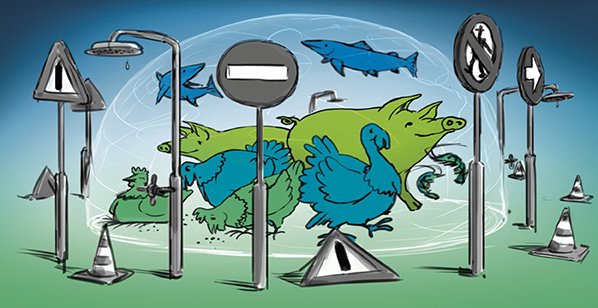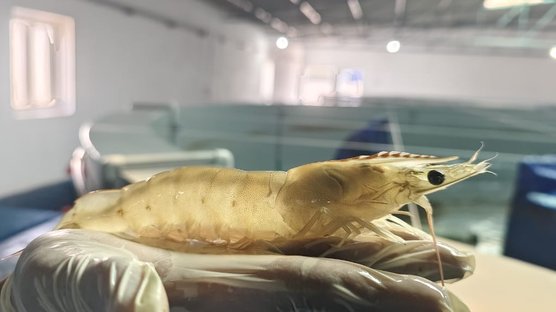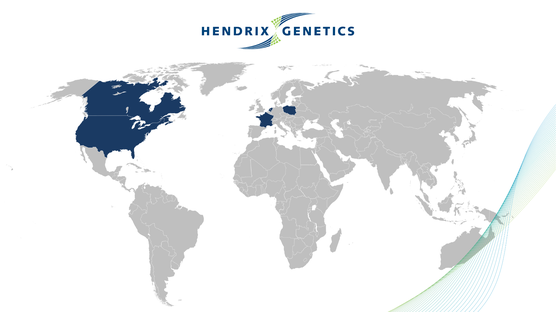
Published on April 30, 2019
Biosecurity for a safe worldwide supply
Just as we talk about backing up our commitment to animal welfare with action, biosecurity is another area where we are putting concrete standards in place. Biosecurity programs must be reviewed, standardized, and properly taught to every individual working on the farm. As our organization and our customers’ organizations grow – and the number of global disease risks along with it – we take seriously the need to put processes and protocols in place for the health of all our animals.

Animal genetics hold the key to a more sustainable future and as global suppliers of breeding stock, we hold a unique responsibility for ensuring biosecurity and animal health. It is critical to protect our animals, genetic resources and staff from the ongoing threat of disease, and ensure a continuous supply of high quality products to our customers.
A global biosecurity plan
As part of our global standards, we are working to develop a structured biosecurity plan. Once fully completed, the program will include required health status, risk assessments, standard operating procedures (SOPs), health monitoring and screening, training and auditing. This plan also involves minimum standards across all of Hendrix Genetics as well as a structured plan for each species.
Swine completes the first milestone
Swine was the first species within Hendrix Genetics to complete their biosecurity project. Notable achievements from this project included:
- Existing SOPs have been reviewed, uniformed and updated.
- The health and biosecurity manual has been updated.
- An internal audit structure has been determined and a plan for future auditing put in place.
- A training module was developed in multiple languages to ensure personnel have proper knowledge and understanding of the protocols.
As an example, transport protocols are extremely important for swine biosecurity as this is the biggest risk to introduce disease on a farm. Rules for transportation including cleaning and disinfection, downtime, and screening were all defined as part of the program. Following implementation of the program and auditing, the biosecurity program will be fine-tuned to develop even more improvements.
The biosecurity program for each species already contains a wide range of measures, but the process of centralizing the protocols is currently in progress. By centralizing the protocols for each species, we can ensure that the best standards are being practiced all over the world.
With the risk of disease threats, such as avian influenza and African swine fever, and the increasingly connected nature of our world, we are committed to protecting the health of our animals as well as the secure supply of genetics for our customers.



